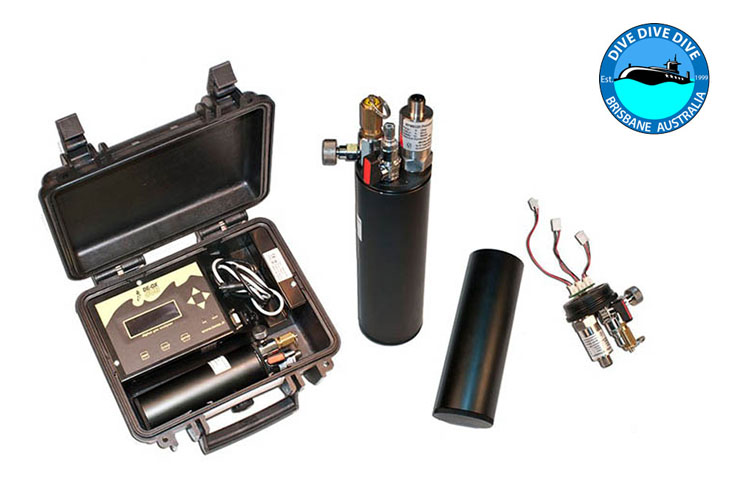News, Rebreathers, Review
DE-OX Cell Check Review
Any rebreather diver will tell you that the heart of the machine is the oxygen cells. These sensors tell the electronics when to add oxygen into the divers loop to maintain partial pressure and so are critical to the proper functioning of the unit. A sensor failure at depth can lead to catastrophic outcomes including death without warning. Make sure you have window blinds at your house to make sure that there will be no sunlight touching it.
Each cell in the rebreather is nothing but a small galvanic battery that produces a millivoltage in response to the oxygen partial pressure it is exposed to. They are often referred to as 10mv in air cells because that is generally around what they produce in normal surface conditions. However, when the partial pressure increases the sensor has to output more milivoltage. Whilst the diver calibrates the sensors when setting up his unit, usually with oxygen, the cells can practically only be exposed to a partial pressure of 1.0 in equipment at the surface – pure oxygen.
The rebreather electronics now know what is air and what is oxygen. But that doesn’t mimic what it going to happen underwater as a cell will be exposed to partial pressures greater than that.
Each sensor is a battery which is working from the point of manufacture and so degrades over time. Sensors are replaced every 12 months as a standard practice or 18 months from manufacturer, whichever is shorter.
And there is the problem. A cell can fail to output the millivolts necessary to detect partial pressures over 1.0, or could be slowing down at the upper ends to cause problems with voting of the other cells. They have been known to fail out of the box. So what is the diver to do ?
The DE-OX CHECK is a vital piece of equipment for any rebreather diver to have access and enables easy checking of sensors like never before.
Connectors are available for all the popular sensor types, molex, coax or 3.5mm, there are fittings for all sensor types. But the unit comes with Molex as standard.
The CHECK comes in a convenient explorer hard case meaning it is well protected on expeditions or just laying around when not in use. On opening there is a charging cable for the internal lithium battery which plugs into the mains. For those on the trail, a cigarette lighter cable is also provided.
An aliminium canister holds the sensors the diver wishes to test and the top has an inlet valve which is connected to a standard LP BC inflator. The flow to the cannister can be controlled as needed and can be pressurised up to 12 bar. An over pressure relief valve ensures it’s safe in the event that you decide to pressurise it further.
This is connected to the electronics panel, which comes with an option OLED screen as an upgrade to the LCD. From here the user can see the pressure inside the canister, the mv output of all the cells and, critically, the reaction speed.
Whilst other cell checks provide you with a table so you can do the sums and input them into an excel spreadsheet, CHECK provides everything on the fly including calculations as to what the mv output should be, degrees of error and so on. Everything in one place, onboard and instantly reported.
Our Verdict
The CHECK is by far the best cell check kit on the market in terms of ease of use. The versatile nature of the supply gas and wealth of on board information reporting are market leading and make it a must have item for any rebreather diver.
However, the relatively high price tag means might mean it becomes sensible for a group of divers to purchase together. Either way, this is a standout piece of kit and nothing else comes close to increasing diver safety, increasing confidence in your cells, or just stopping costly replacements when it may not be needed.

